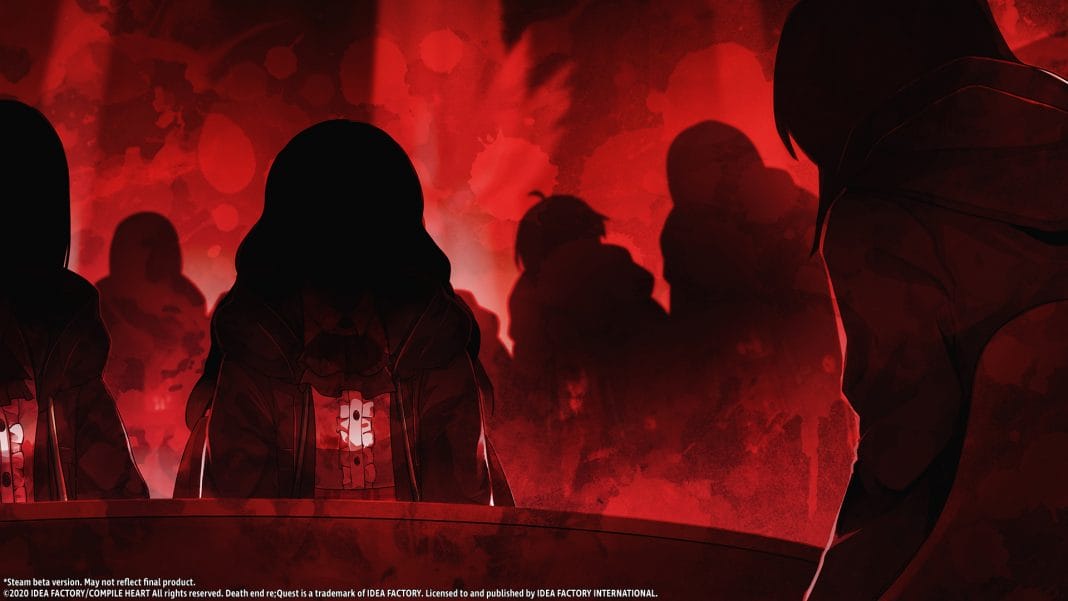Death end re;Quest 2 from Idea Factory International and Compile Heart is a sequel to the 2019-released Death end re;Quest that debuted on PS4 before it was ported to Steam a few months later. Death end re;Quest 2 arrives on PC in the West before the PS4 version which releases later this month. Idea Factory International initially started testing the waters on PC with a few PS Vita ports that ended up doing well and the company has now moved to almost always including a PC version alongside a console release.
The horror RPG follow up releases next week worldwide on PC via Steam and I was very curious to see how the port turned out because of the mediocre port the first game received on PC. I’ve been playing Death end re;Quest 2 on PC over the last week and he’res what you need to know.
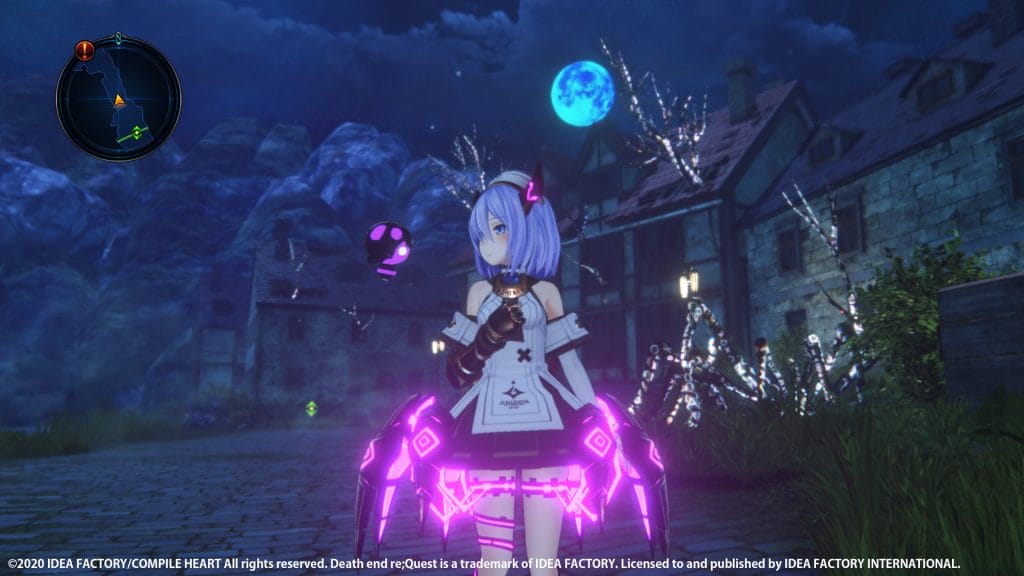
Death end re;Quest 2 PC requirements
The Death end re;Quest 2 PC requirements are on the lower side considering the game has been developed for PS4 first. The requirements however don’t actually mention what performance and visuals you can expect on both ends of the spectrum. While Death end re;Quest on PC was quite a mess compared to the PS4 version for reasons I will get to below, Death end re;Quest 2 is a step in the right direction as a port. The Death end re;Quest 2 PC requirements are below.
Death end re;Quest 2 PC minimum requirements
- Requires a 64-bit processor and operating system
- OS: Windows 8 (64-bit)
- Processor: Intel i5 2.3GHz or AMD A9 2.9GHz and equivalent
- Memory: 4GB RAM
- Graphics: ATI Mobility Radeon HD 5xxx, 1GB VRAM 5000 Series
- DirectX: Version 11
- Storage: 10 GB available space
- Sound Card: DirectSound (DirectX) compatible sound card
Death end re;Quest 2 PC recommended requirements
- Requires a 64-bit processor and operating system
- OS: Windows 10 Home (64-bit)
- Processor: Intel i5 3.3GHz or AMD FX-8350 4.0GHz equivalent
- Memory: 8GB RAM
- Graphics: NVIDIA GeForce GTX 960 or ATI Mobility Radeon R9 290 or better
- DirectX: Version 11
- Storage: 10 GB available space
- Sound Card: DirectSound (DirectX) compatible sound card
- Additional Notes: Optimal 4K performance may require better than Recommended System Requirements
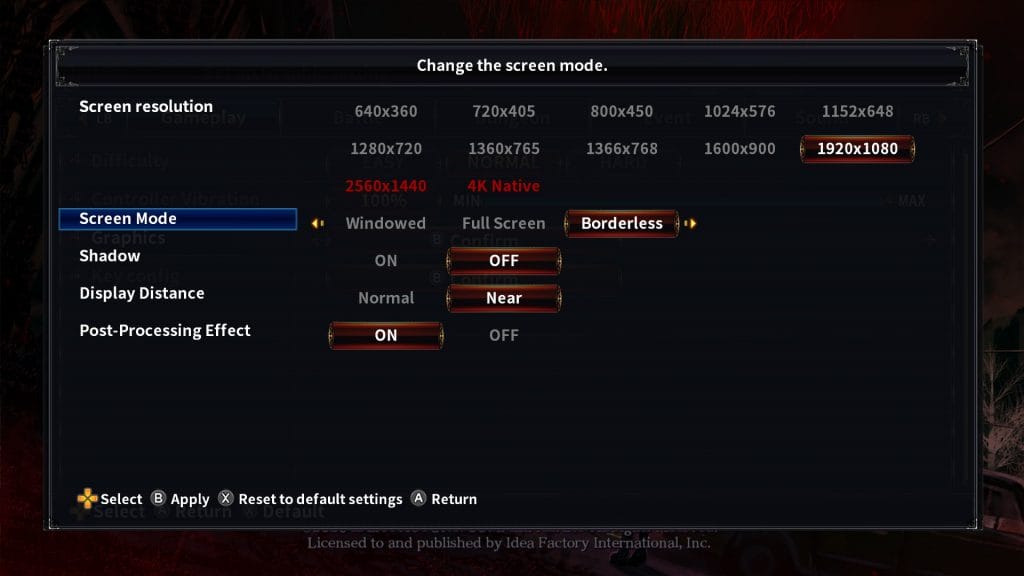
Death end re;Quest 2 PC settings
Death end re;Quest 2 has bare bones PC settings. Barring basic support for controller or keyboard and mouse play, Death end re;Quest 2 only lets you adjust the display mode, resolution, and toggle three options. These options are shadows, display distance, and post-processing. While many games let you tweak the level of intensity for these settings, in Death end re;Quest 2 you can only turn them on or off and the performance penalty is high because of that. The game also looks very different when you turn these settings low.
Unlike Fairy Tail that only let you tweak PC settings from the main menu before you load your save, it is good that Death end re;Quest 2 at least lets you try the three visual options and see benefits in real-time. Overall, I’m pretty disappointed in what Death end re;Quest 2 lets you tweak for better performance. After so many years of ports from Idea Factory International, I expected better here. There isn’t even an option to limit the frame rate or enable V-sync.
For controller support, Death end re;Quest 2 only has button prompts for the Xbox One controller. While I could play the game with the DualShock 4 and Nintendo Switch Pro Controller, the button prompts remained the same as with the Xbox One controller and there’s no option to change these in the in-game settings.
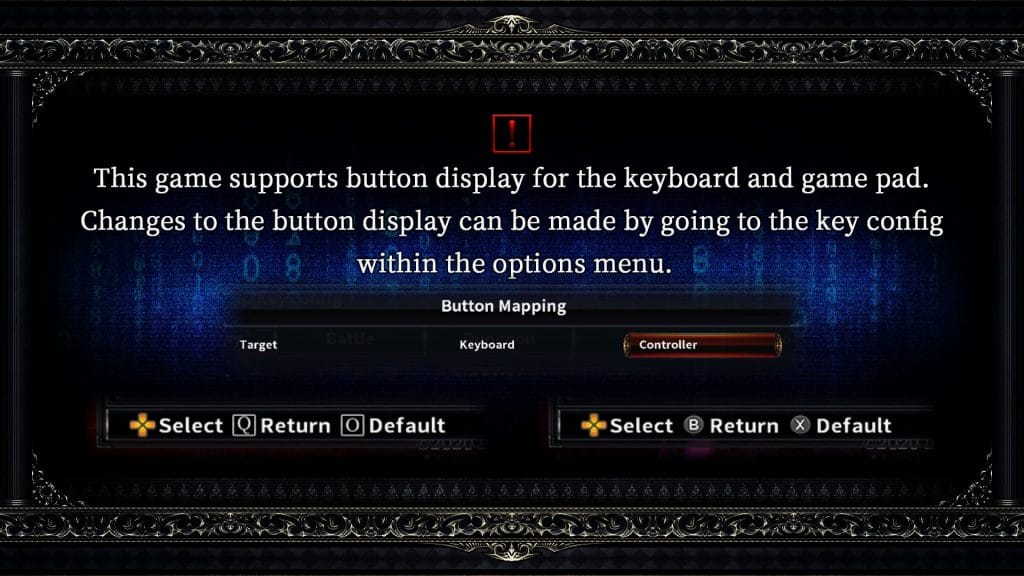
Death end re;Quest 2 PC frame rate and resolution
The original Death end re;Quest PC port was bad for anyone running on laptops or older graphics cards because the internal rendering resolution was locked at 1080p. This meant that you would see no benefit to lowering or increasing the resolution when it comes to image quality and those with weaker hardware would never see any performance benefit from the same.
Thankfully, Death end re;Quest 2 doesn’t have this issue and it scales correctly without an internal rendering resolution lock. I played Death end re;Quest 2 on a laptop that has an Intel i7-4750HQ at 2.00 GHz, 8GB RAM, and a GTX 950M with 4GB VRAM. At 1080p with all threee visual settings turned on, Death end re;Quest 2 ran at around 20fps. This matches the PS4 version which targets 30fps with these settings enabled. At 720p with the same visual settings enabled, I could get about 30 to 33 fps. At 900p on the same settings, the game ran at around 26 to 28fps.
Disabling the three visual options above resulted in a boost of about five to eight frames per second. Unlike Death end re;Quest that never went above 30fps on my laptop, Death end re;Quest 2 lets you lower the resolution and three visual effects to go above 30fps. The PS4 Pro version runs at 30fps so if you want 60fps, it is only possible on PC.
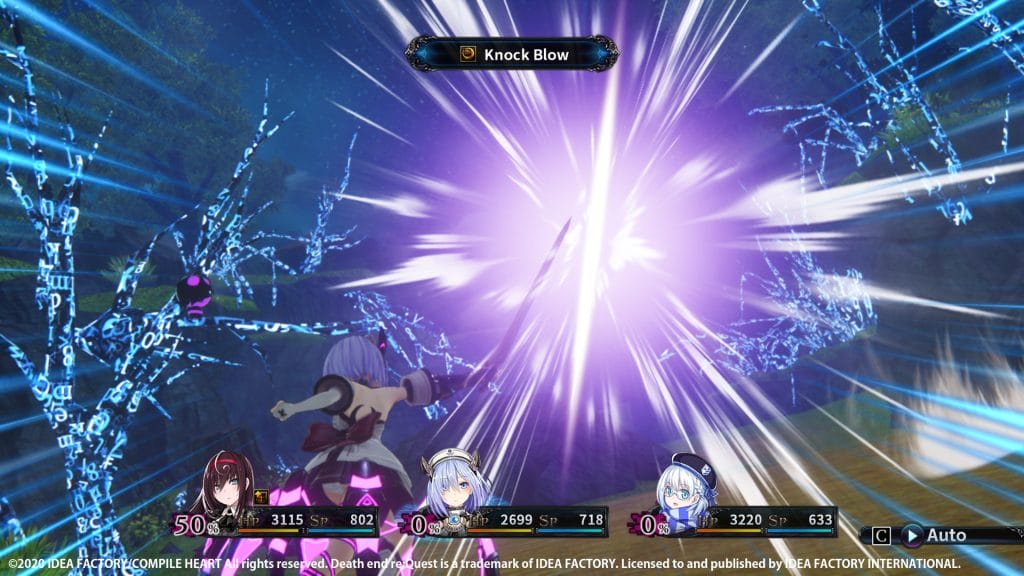
Should you play Death end re;Quest 2 on PC?
There are a few reasons why Death end re;Quest 2 is worth playing on PC more than PS4. The first is the most obvious one which is the asking price. Idea Factory International follows Valve’s recommended regional pricing and prior games from the publisher are all priced great in India. Expect Death end re;Quest 2 to be priced at Rs. 1,099 when it unlocks on Steam here.
Death end re;Quest 2 also includes the original glitch costumes from the first game for those characters. This is not available in the PS4 version. In terms of language support, Death end re;Quest 2 on Steam has support for English, Simplified Chinese, Traditional Chinese, and Japanese text with both English and Japanse voice options.
The final point of contention between Death end re;Quest 2 on PS4 and Steam is that the game is 30fps on PS4 Pro. If you want a higher frame rate, it is only available on PC. Overall, Death end re;Quest 2 isn’t a great port but an acceptable one. It is a large step above the original Death end re;Quest and better than the recent PC release of Fairy Tail but nowhere as good as PC ports like Trails of Cold Steel III.
Death end re;Quest 2 is now available on August 18 for PC via Steam. It releases on PS4 on August 25 in North America and August 28 in Europe and digitally India.
